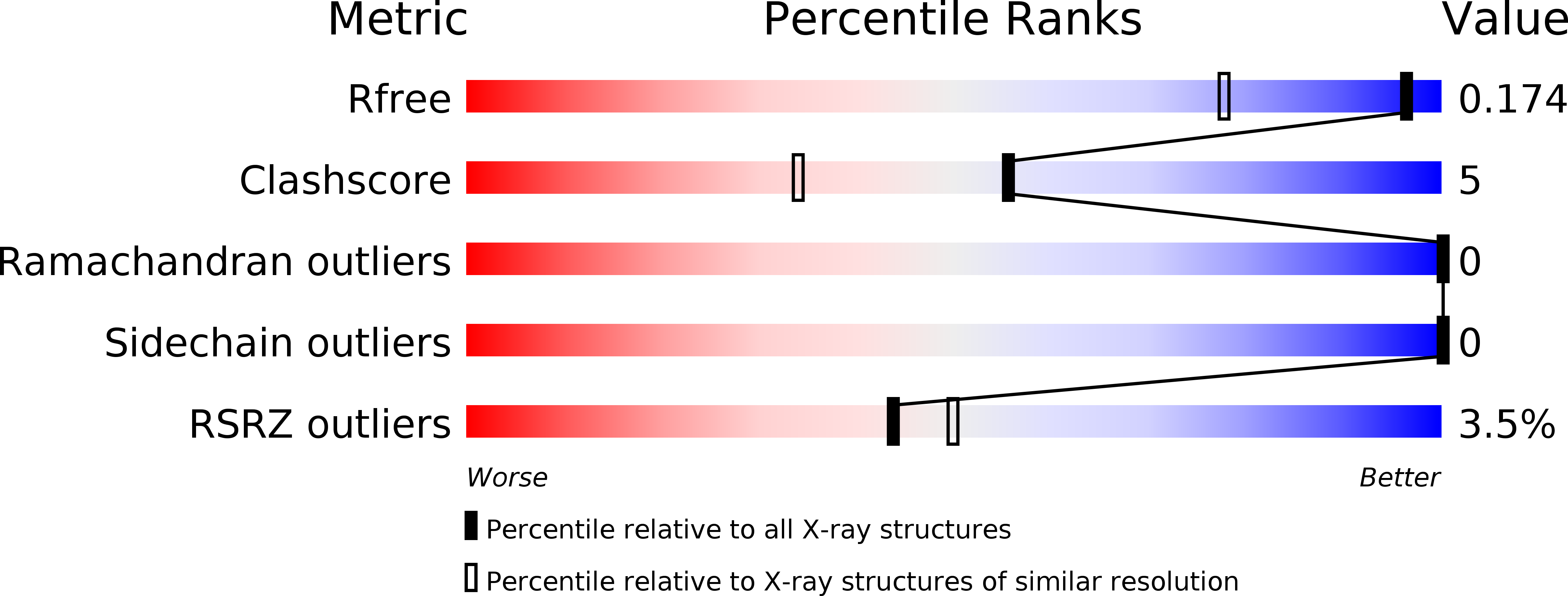
Deposition Date
2020-06-09
Release Date
2020-08-19
Last Version Date
2024-10-09
Method Details:
Experimental Method:
Resolution:
1.33 Å
R-Value Free:
0.17
R-Value Work:
0.13
R-Value Observed:
0.13
Space Group:
C 1 2 1


